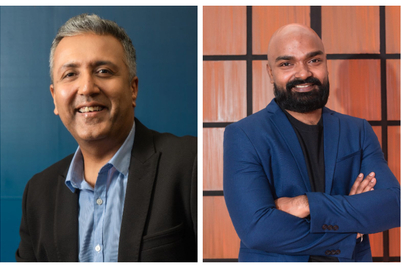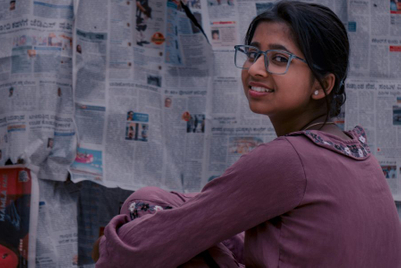
Day two of the annual media and entertainment forum FICCI Frames 2013 featured a panel discussion on the emerging media landscape. Speakers discussed how broadcast content will have to adapt to the digitised scenario, especially in the wake of viewers consuming media across multiple screens.
Pointing out that this current changing media consumption patterns are disruptive times, Rod H Perth, president and CEO, NATPE, said, "There have been disruptive times in the past and those who survive it, will tell you that these provide a lot of opportunities. And, even now we have a lot of opportunities to grow the industry."
Rohit Gupta, president, Set India, MSM, conceded that multiple screens are a big challenge. "However, with expansion of universe, the main challenge is to create different content for different screens and markets. Monetisation of content is critical. As broadcasters, we have done a shoddy job till now. Most broadcasters are still bleeding. Creation of content is not an issue, it will continue. But, monetisation is the key. Creating different content for different type of audiences will be the key," he added.
MK Anand, MD, Media Networks, Disney UTV, noted that there would be a clear distinction of business models over the next five years in the broadcast industry. "However, advertising revenue will not go away. Subscription model will also co-exist, but I don't think it will be such a major source," he pointed out.
Observing that in a digitised market, the channel and content had to work harder as they will be competing with 250 channels, he added that packaging was an important element that broadcasters needed to work on improving.
Representing the content creator's point of view, Paul O'Hanlon, MD, Fremantle Asia, noted that Fremantle was looking at creating content in formats that can address broadcasters’ issues of multiple screens and subscription revenues. He added, "We are also looking at different revenue models for us, and are making our content syndication more flexible for broadcasters."
"We have one of the most over-produced content available, especially among the GECs," noted Gaurav Gandhi, COO, India Cast. "Moreover, the cost of content has gone up considerably; it's on par with international markets. But the revenue growth is not sufficient. In coming years, broadcasters will also have to look at other revenue models apart from advertising and subscription to monetise their content,” he explained.
LV Krishnan, CEO, TAM, noted that problems surrounding television audience measurement are raised only when ratings go down. "Broadcasters don’t complain when the numbers are in their favour," he said. Krishnan voiced the opinion that viewership measurement in the multiple-screen era would move from being platform-centric to platform-agnostic.
The session was moderated by Paritosh Joshi, strategist, India TV.


.jpg&h=334&w=500&q=100&v=20250320&c=1)
.jpg&h=334&w=500&q=100&v=20250320&c=1)

.jpg&h=334&w=500&q=100&v=20250320&c=1)


.jpg&h=334&w=500&q=100&v=20250320&c=1)


.jpg&h=334&w=500&q=100&v=20250320&c=1)





.jpg&h=268&w=401&q=100&v=20250320&c=1)


